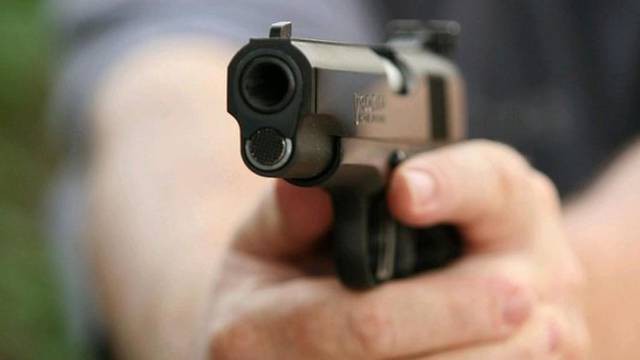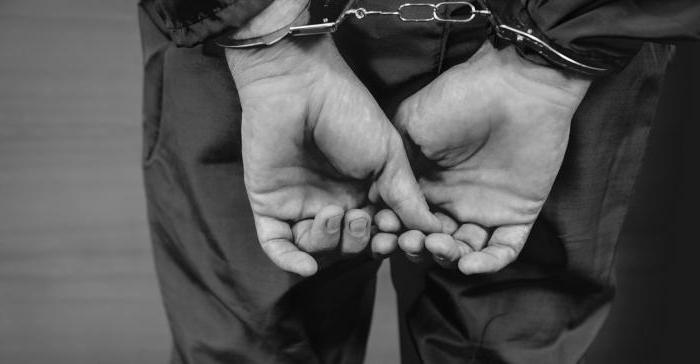The right of every person to life, regardless of sex, age, social, professional, racial, religious signs, is fundamental and main. This right is fixed in Art. 20 of the Constitution of the Russian Federation. The text of this document also stipulates that for the Russian state the highest value is a person, as well as his rights and freedoms. The significance of life is the basis for the qualification of acts that encroach upon this inviolable right as serious crimes. Moreover, not only murder or bodily harm, but also the threat of applying such effects to a person are criminally punishable. And although this act is less severe in comparison with the others mentioned above, it is nevertheless recorded as a crime in criminal law. Art. 119 of the Criminal Code contains the composition of this crime.
Object of encroachment
This category of criminal law answers the question of what public relations were damaged as a result of a dangerous act. Having analyzed the provisions of Art. 119 of the Criminal Code, we can conclude that the crime indicated in it has as many as 2 objects. The first of them, generic, common is the personality of the victim. The immediate object provided for by Art. 119 of the Criminal Code of crime are the main values of a person, namely his life and health.
Objective side
This element of the composition characterizes directly the committed act, the negative consequences that it entailed, as well as the relationship between this action and the damage caused. Disposition of Art. 119 of the Criminal Code establishes punishment for threatening to take someone's life or cause harm to health. The mental impact on an individual with the aim of intimidating him can be exerted in various ways, for example, in writing or verbally, through intermediaries, using the telephone. It should be noted that the threat must be real. This means that the victim must have reasonable and logical reasons to fear the offender will carry out the criminal plan.
The reality of the threats in each particular case is to be determined depending on various circumstances, such as the identity of the perpetrator, the reasons that the offender was guided in intimidating the victim, and also the relationship between the two individuals. For the sake of convincingness, an attacker can also demonstrate to his victim his weapons, be it a gun, knife or other similar items. However, such actions may not always be qualified under Art. 119 of the Criminal Code. The commentary on the criminal law establishes the provision that impudent threats of killing, associated with the demonstration of weapons, expressed in relation to an undetermined number of people, should be qualified under a criminal article providing for liability for hooliganism.
Subjective side
There is no doubt that the act provided for in Art. 119 of the Criminal Code, can only be committed intentionally. A threat cannot be pronounced through negligence or due to negligence. The criminal, frightening the victim with the possibility of killing her or causing significant damage to his health, is always aware of the social danger of his action, however, despite this, he still wants to commit the crime under Art. 119 of the Criminal Code. Another significant sign of this crime is the goal - intimidation of the victim. Moreover, the motives that guilty the guilty can be different (for example, revenge, jealousy). However, in some cases, the motives governing the offender can significantly aggravate his situation by increasing the size of the punishment. So, part 2 of article119 of the Criminal Code stipulates a qualifying motive for this act, namely political, racial, national hatred, intolerance of people on ideological grounds or in connection with their belonging to any religion, as well as hostility to a certain group of people due to their social status.
Subject
Responsibility for such an unlawful act as death threat (Article 119 of the Criminal Code), can be imputed to any competent person over 16 years old. Thus, the subject of the crime under consideration must meet the basic conditions established by law regarding age and sanity. 
General liability measures
Now it's time to consider the sanctions of Art. 119 of the Criminal Code. The punishment for each attacker who committed such a crime will be imposed taking into account all the circumstances, the presence of extenuating circumstances, as well as aggravating ones. As measures that can be applied to the perpetrator, the law provides, firstly, compulsory work (up to 480 hours), secondly, restriction of freedom (no more than 2 years), and thirdly, forced labor (can be established on such the same period as the previous type of punishment), fourthly, arrest (up to 6 months) and fifthly, imprisonment (not more than 2 years).
Punishment for malicious lawbreakers
Other types of liability are reflected in Art. 119 in relation to criminals who, when committing atrocities, were guided by the basest motive of hatred on the grounds of race, nationality, religion, ideology, social status. So, by the will of the court, forced labor can be applied to them, but for up to 5 years, as well as imprisonment with the same threshold of duration. In addition, such perpetrators for a period of up to 3 years may lose the right to engage in any professional activity or to work in any positions.
